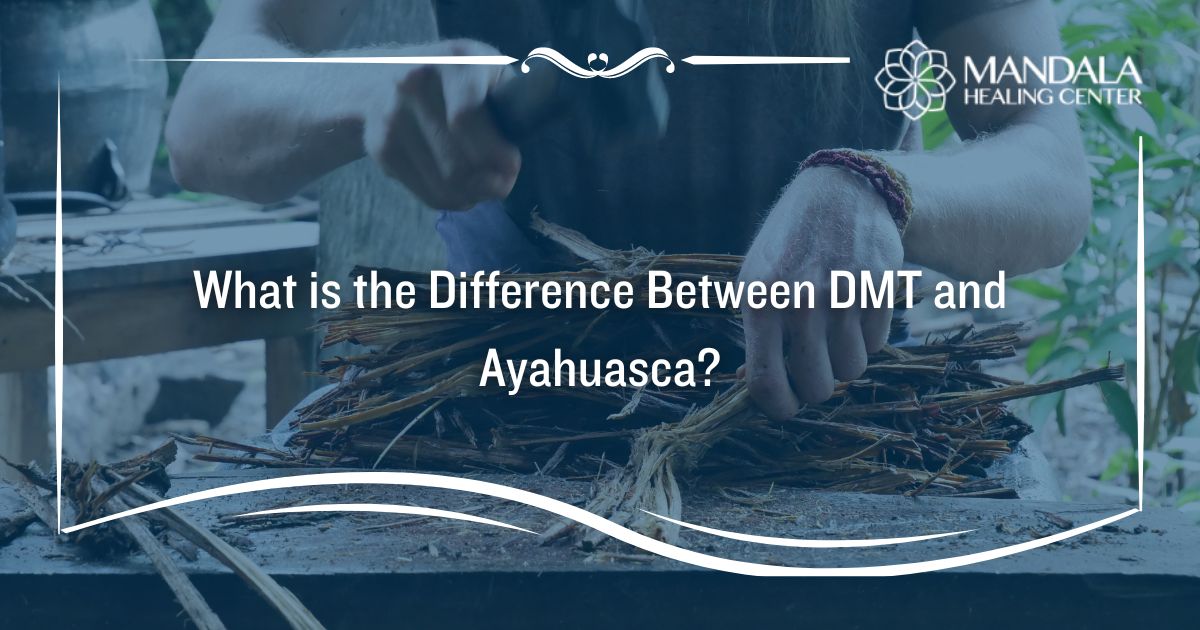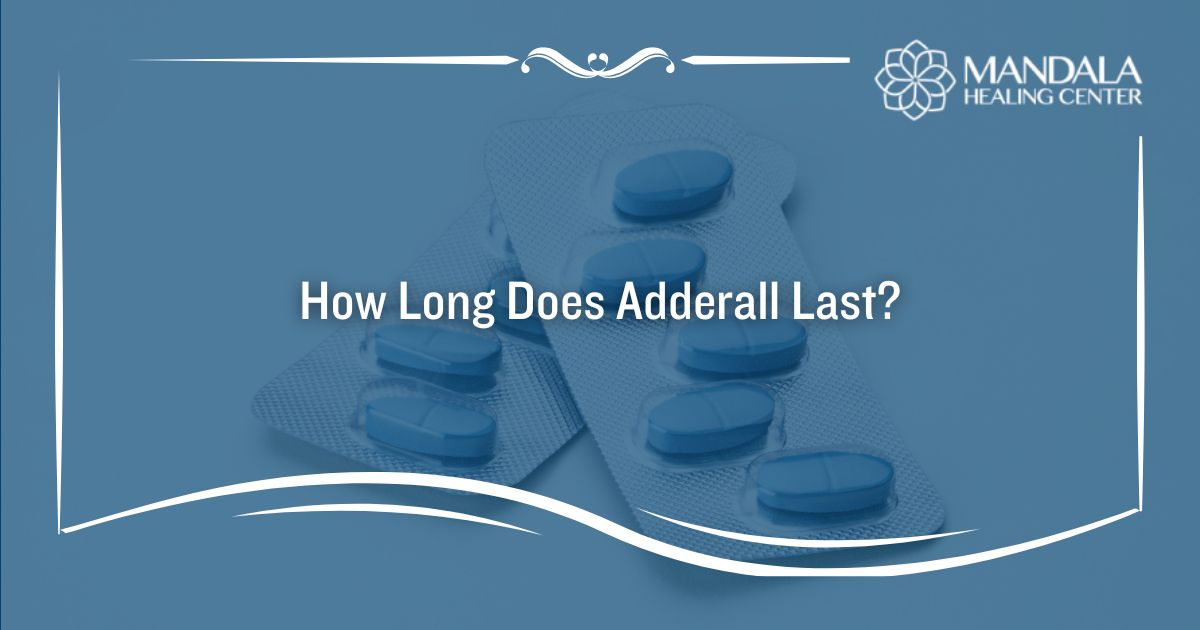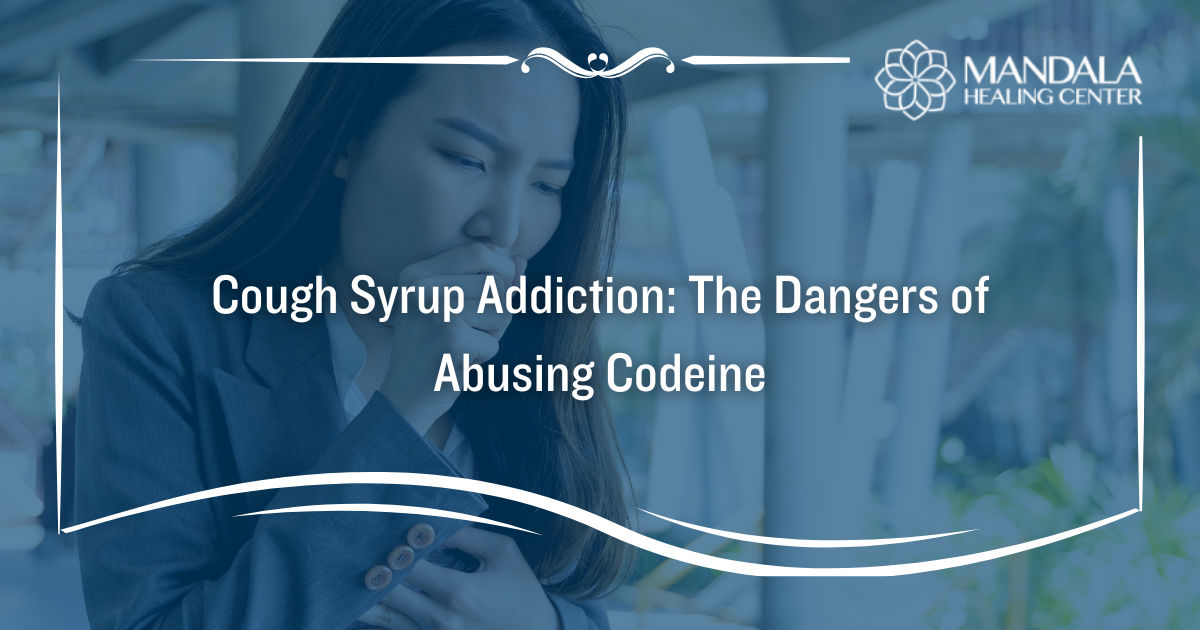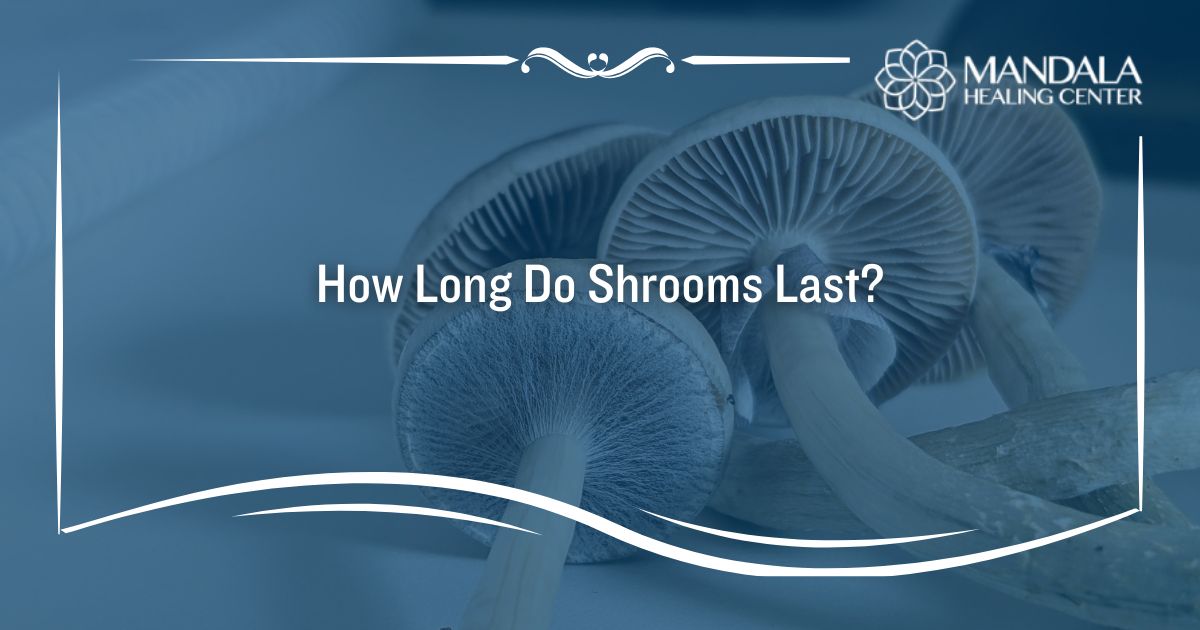Psychedelic or hallucinogenic drugs are a class of substances that lead to hallucinations, out-of-body experiences, and changes in sensory perception. Many people use them for cultural reasons, however, some individuals simply use them to get high. According to the National Institute on Drug Abuse (NIDA), 7.4 million people reported using hallucinogens at some point in their lives.[1]
Two of the most potent psychedelic drugs are known as dimethyltryptamine (DMT) and ayahuasca. Both of these substances cause intense visual hallucinations and altered senses, making them dangerous to misuse. Some people describe the effects of DMT as a near-death experience, while ayahuasca is commonly used in South American religious ceremonies.
DMT is a naturally occurring substance that can cause hallucinogenic effects. It is usually found in powder form. On the other hand, ayahuasca is a tea that contains DMT and other substances, causing intense visual hallucinations when consumed.
Both DMT and ayahuasca are Schedule I controlled substances in the United States.[2] This means there are no accepted medical uses for them and they are frequently abused.
In this article, you will learn:
- What DMT is
- What ayahuasca is
- The differences between ayahuasca and DMT
What is DMT?
Dimethyltryptamine (DMT) is a substance that is structurally similar to magic mushrooms. That said, DMT naturally occurs in your brain. It is usually produced in a lab, however, it can be found in some plant species in Mexico, South America, and parts of Asia.
If you are consuming DMT by itself, it usually comes as a white or gray crystalline powder. It is most common to smoke or snort DMT because it is in powder form.
The common effects of DMT include:
- Intense visual and auditory hallucinations
- Feelings of euphoria
- Altered sense of time, space, and body
- Feeling as if you have visited an alternate reality or had a near-death experience
- Increased heart rate and blood pressure
- Chest pain or tightness
- Agitation or panic
- Dilated pupils and abnormal eye movements
- Dizziness
Because the effects of DMT are so intense, using it can lead to mental health issues. For this reason, you should never continue to abuse DMT long-term. If you are struggling with DMT abuse, consider calling a drug rehab program like Mandala Healing Center.
What is Ayahuasca?
Ayahuasca is an herbal tea that people consume to experience psychedelic effects. The active ingredient in ayahuasca is DMT. However, ayahuasca also contains monoamine oxidase inhibitors (MAOIs), which makes it possible for DMT to cause mind-altering effects when consumed orally.
Ayahuasca is used for religious and spiritual practices by Indigenous cultures in regions like South America. However, Americans have begun catching onto the effects of this substance, causing more people to begin misusing it for a psychedelic experience.
The common effects of ayahuasca include:[4]
- Vomiting
- Feelings of euphoria
- Strong visual and auditory hallucinations
- Fear and paranoia
- Feelings of self-acceptance and self-love
- Spiritual experiences
- Losing touch with reality
- Seeing vivid and colorful geometric patterns
- Increase in heart rate and blood pressure
- Increased body temperature and sweating
Since ayahuasca contains DMT, many people confuse the drugs with one another, but they are different in a few important ways.
DMT vs. Ayahuasca: Understanding the Differences
While ayahuasca contains DMT, it is considered a different substance. The main differences between ayahuasca and DMT include:
Method of Use
Ayahuasca is a brewed tea that you drink to experience a psychedelic high. On the other hand, DMT typically comes in a powdered form. It is possible to smoke, snort, and even inject DMT, while you can only drink ayahuasca.
Ingredients
Ayahuasca contains DMT, but other herbs and substances are also mixed into the tea. For example, ayahuasca always contains plants that have MAOIs in them, as this makes it possible for the body to experience the effects of DMT by swallowing it.
DMT does not contain any additional ingredients. When you are smoking, snorting, or injecting DMT, you are consuming the pure version of it. That being said, this does not mean that DMT is safer than ayahuasca, as both pose great risks to your mental and physical health.
Duration of Action
DMT only lasts about 30 to 45 minutes. It causes an extremely intense and short-lived hallucinogenic experience. On the other hand, ayahuasca can last for up to 4 hours, making the effects more long-term than DMT.
Find Help for DMT or Ayahuasca Abuse
If you or a loved one abuse DMT or ayahuasca regularly, it’s time to seek professional help. The long-term effects of abusing hallucinogenic drugs include mental health risks like psychosis, increased symptoms of mental illnesses, and more. For these reasons, you should always attend a drug rehab program like Mandala Healing Center.
Contact us today for more information on how we can help you recover from hallucinogen abuse.
References:
- The National Institute on Drug Abuse (NIDA): Psychedelic and Dissociative Drugs
- The Drug Enforcement Administration (DEA): Drug Scheduling
- The National Library of Medicine (NLM): Neuropharmacology of N, N-Dimethyltryptamine
- Tandfonline.com: Safety and Side Effects of Ayahuasca in Humans—An Overview Focusing on Developmental Toxicology












